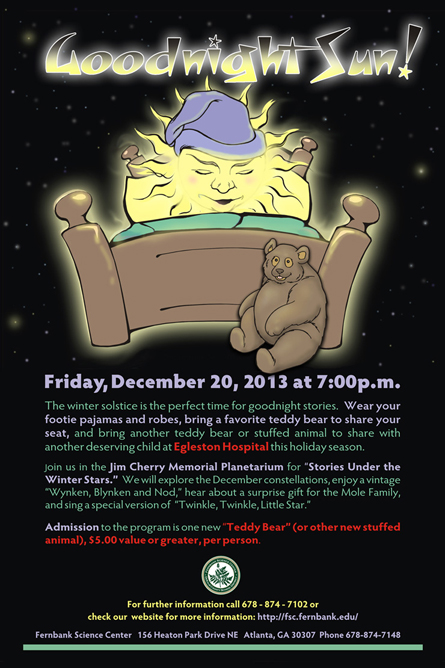Level: High School Chemistry
Click here for holiday chemistry ideas from the American Chemical Society.
Level: All
Grow non-toxic crystals on your window that look like frost. Click here for details.
Level: Various
Click here for an archive of classroom science activities.
Quadrantids Meteor Shower The Quadrantids is an above average shower, with up to 40 meteors per hour at its peak. It is thought to be produced by dust grains left behind by an extinct comet known as 2003 EH1, which was discovered in 2003.
The shower runs annually from January 1-5. It peaks in 2014 on the night of January 2nd and morning of the 3rd. The thin crescent moon will set early in the evening leaving dark skies for what could be an excellent show. Best viewing will be from a dark location after midnight. Meteors will radiate from the constellation Boötes, but can appear anywhere in the sky.
Previous Issues

For anyone that bought a telescope this holiday season, the Atlanta Astronomy Club will be hosting their annual "How to use your telescope" workshop.
Date: Saturday January 11th
Time: 1:00 - 4:00 pm
Location: Fernbank Science Center (directions)
Astronomy Club events & meetings are free and open to the public. For more information go to atlantaastronomy.org

Not all plants do photosynthesis...that’s right, there are true plants that lack chlorophyll and live their lives as consumers. In other words they are not autotrophs or producers. Most of these are true flowering plants, Phylum Anthopytha (once called Angiosperms). These non-green flowering plants are parasitic on other plants and rarely on fungus. Here in Georgia, we have a few common examples: Beechdrop (Epifagus virginiana) which is parasitic on the roots of the American Beech, Squaw Root (Conopholis americana) which are parasitic on oaks and beech, and finally Indian Peace Pipe or Ghost plant (Monotropa uniflora) which needs both a tree and a fungus in which to parasitize.

Most of the plant remains underground with only the flower emerging above ground in order to allow pollination. Pictured here is the Indian Peace Pipe (this photo was taken in Gilmer County Georgia). Although it resembles a fungus, it is indeed a plant which lacks chlorophyll (achlorophyllous).
Click here for the "Did You Know" archive
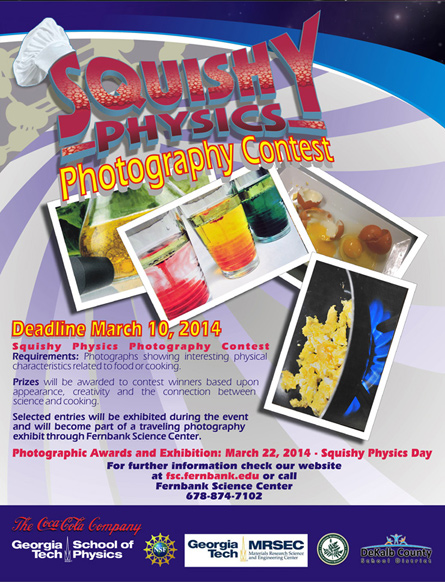
Science Article of the Month
3-D tissue printing: Cells from the eye inkjet-printed for the first time - Scientists have used inkjet printing technology to successfully print cells taken from the eye for the very first time. The breakthrough could lead to the production of artificial tissue grafts made from the variety of cells found in the human retina and may aid in the search to cure blindness.
Read more >> | More articles>>
Do you have a question or a suggestion?
Please email us at:
fernbankmail@fc.dekalb.k12.ga.us

Teacher Resources
![]()
Children's Science
Newsletters
Bird of the Month
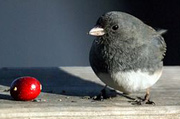
Can you I.D. this Bird?
Get the answer in the next issue.
Previous Issue:Hooded Merganser Archive
Tree of the Month
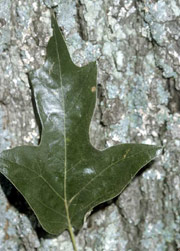
Can you I.D. this tree?
Get the answer in the next issue.
Previous Issue: Sassafras
Archive
Molecule of the Month
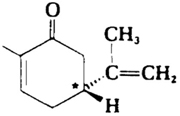
Do you know this molecule?
Get the answer in the next issue.
Hint: candy canes
Previous Issue: acetaminophen
Archive

